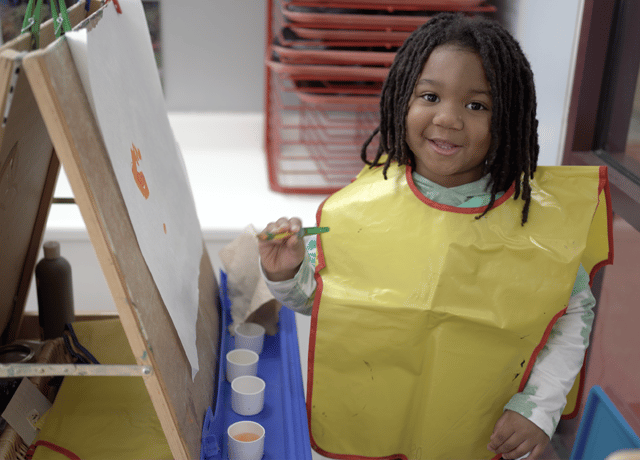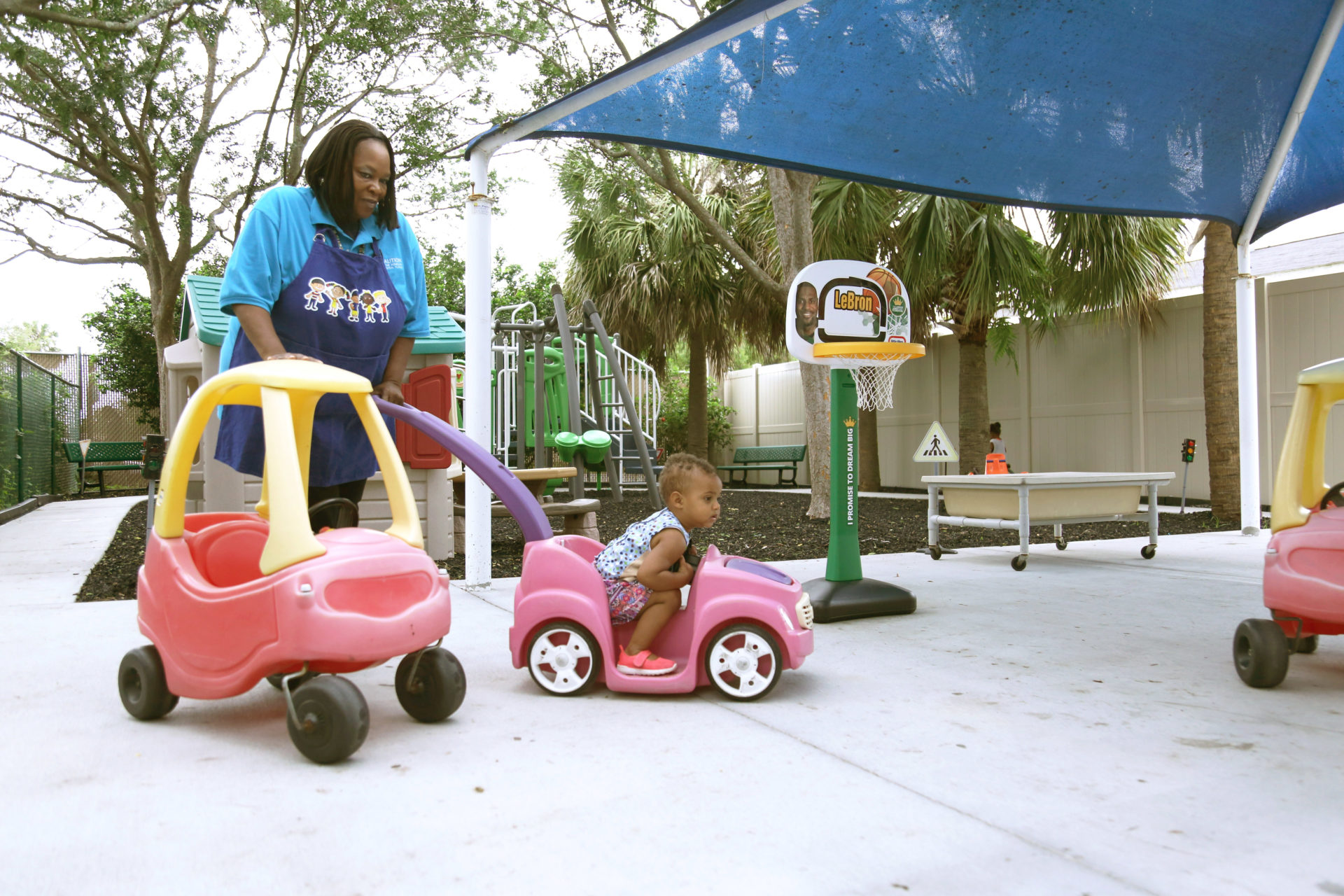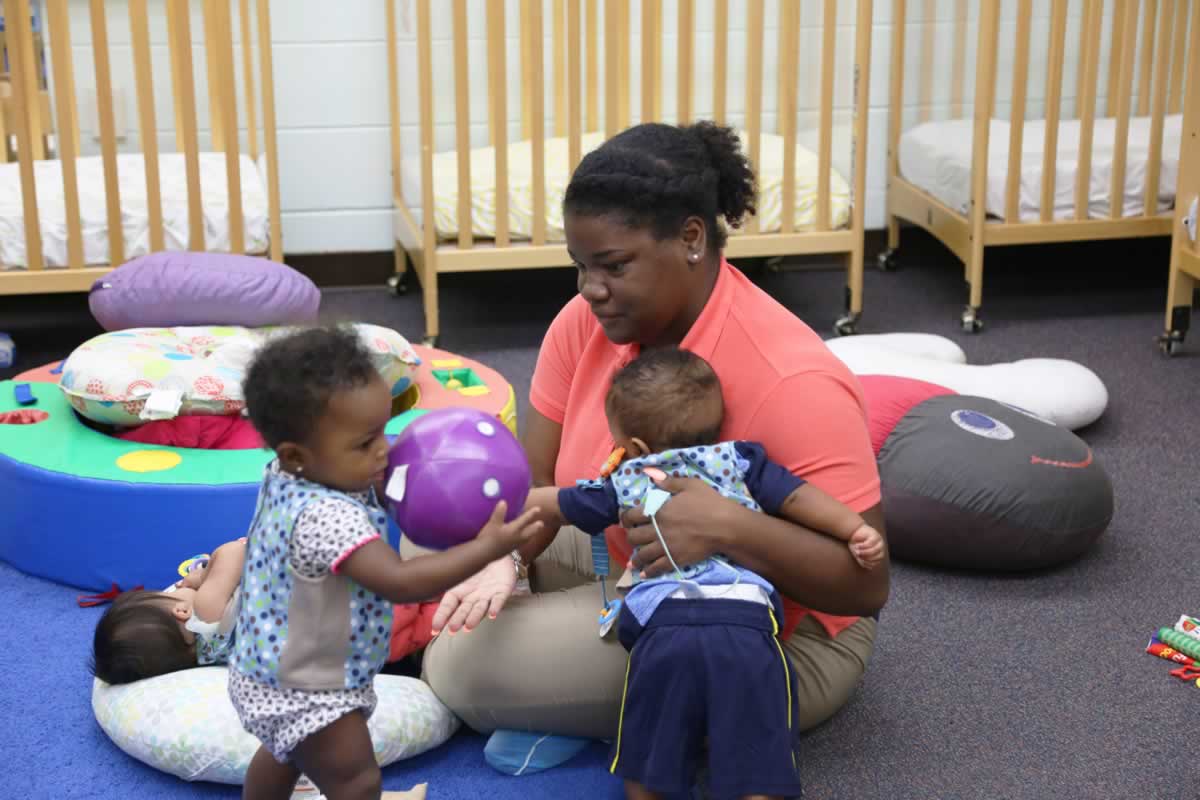In recent years, researchers have used LENA technology to establish important links between conversational turns and a variety of positive child outcomes, including socioemotional development, executive functioning, and vocabulary skills. To date, most of these studies have focused on children’s language environments at home. A new study out of Purdue University is among the first to show a relationship between vocabulary skills and conversational turns in preschool settings specifically.
The paper, called “Predictors of preschool language environments and their relations to children’s vocabulary,” was published in the journal Infant and Child Development in late 2022. Among the takeaways:
- Children’s vocabulary skills are linked to the quantity of interactions they experience in preschool classrooms. The more conversational turns a child experiences, the larger their vocabulary.
- Different children within the same preschool classroom can have very different experiences of that classroom’s language environment. LENA’s “talk pedometer” technology delivers an informative picture of each child’s individual experience.
- Preschool classrooms play a major role in children’s overall language environment. Per year, some children may experience an estimated 25,000 fewer conversational turns than their classmates.
“For all of us who care about the millions of children who spend most of their waking hours in child care, this is a call to action,” said Dr. Jill Gilkerson, Chief Research and Evaluation Officer at LENA. “We must recognize the tremendous potential to amplify the importance of conversational turns and to provide professional development opportunities for early educators that put responsive interactions front and center.”
Conversational turn rates in child care predict vocabulary skills in preschoolers
Based on 1,500 hours of daylong recordings from 91 preschoolers in 23 classrooms across 15 child care centers, the researchers were able to establish an association between teacher-child interactions and vocabulary skills. The Peabody Picture Vocabulary Test was used to assess children’s receptive vocabulary skills. Consistent with previous research, including LENA’s own longitudinal study, conversational turns bore a stronger relation to children’s vocabulary skills than did adult words alone.
“If we think about adults scaffolding the learning opportunities for kids, it’s a two-way interaction,” said Dr. Robert Duncan, the study’s lead author. “People will question whether conversational turns in and of themselves represent quality, and one of the things I say is that high quality interactions are likely correlated with more conversational turns.”
“For all of us who care about the millions of children who spend most of their waking hours in child care, this is a call to action.”
-Dr. Jill Gilkerson, Chief Research and Evaluation Officer at LENA
Gilkerson, for one, agrees about the importance of conversational turns. She also takes these results to heart.
“Research has shown that vocabulary size at kindergarten is directly related to the ease with which children learn to read initially, as well as their third-grade reading scores, which is correlated with a number of long-term metrics,” she said. “Over the long haul, this cumulative experience of interaction in preschool, day after day, can significantly influence a child’s vocabulary size and reading development.”
Emphasizing the experience of each individual child
Compared to the quality of the classroom’s language environment as a whole, the study found the experience of the individual child to be the more robust predictor of vocabulary.
“I’m really interested in whether it’s something that’s a classroom-level effect or whether it’s something that’s a child-level effect,” Duncan said. “Even in spite of the noise going on and the chaos when you go into a preschool classroom, the LENA technology allows us to get at something that is a child-level experience.”
In fact, this emphasis on individual experience is consistent with several of LENA’s recent findings. Approximately one in five children spends most of the day in language isolation, recent data analysis reveals, and quality improvement systems don’t reliably reflect individual experience. Practically speaking, then, a parent who enrolls their child in a five-star preschool cannot necessarily rest assured that they’re experiencing an optimal language environment.
Quality of care is often measured at the level of the classroom, yet children’s abilities, including vocabulary skills, are primarily tested at the level of the child. The LENA device, then, allows researchers to draw associations between individual experience and individual outcomes, something that Duncan says was not previously possible.
Do sociodemographic factors predict preschool language experiences?
In addition to finding that preschool language environments predicted vocabulary skills, the study also asked what factors might predict the quality of preschool language environments to begin with.
The strongest predictor of adult words heard and conversational turns experienced in preschool classrooms was found to be family income. Higher incomes were associated with higher rates of interaction. However, family income was more closely associated with differences in adult words than in conversational turns. Likewise, income was more related to differences between classrooms than differences between children within the same classroom.
“If the goal of providing quality early childhood education for low-income families is to be met, then there needs to be a focus on the interactions that teachers are having with kids,” Duncan said. “It’s concerning in this data that family income was strongly correlated with the preschool language environments of children. This would suggest we are coming up short on the goal of equitable experiences.”
Gilkerson believes that helping teachers foster robust preschool language environments can make a big difference in children’s lives, even as systemic changes remain distant goals.
“This is good news,” she said. “Although we cannot easily change household income, we can relatively easily provide professional development for teachers, through measurement and feedback, to help them foster optimal language environments for the children in their care.”
A research focus on child care settings has been long overdue
Duncan appreciates the delicate balance at play in his work.
On the one hand, he wants to see his research put into action. In time, for instance, his work may influence the professional development opportunities and quality improvement systems that determine so much of what preschool classrooms look like. On the other hand, he recognizes the profound challenges that early educators face. The balance between setting teachers up for success and demanding too much of them or getting in the way of their success is delicate.
“There’s all sorts of potential for thinking about educating educators in promoting kids’ development, and I don’t think anything shown in this study is something teachers would disagree with,” he said. “But I’m always mindful of how much these educators are already doing, so I come at it from a place of sympathy.”
“Even in spite of the noise going on and the chaos when you go into a preschool classroom, the LENA technology allows us to get at something that is a child-level experience.”
-Dr. Robert Duncan, Assistant Professor in the Department of Human Development and Family Studies at Purdue University
The study makes it clear: When it comes to quality improvement systems and professional development opportunities, responsive interactions between teachers and preschoolers are too important not to emphasize.
“A lot of these kids go to child care first thing in the morning and they’re there until four or five o’clock, and then might go to bed at seven or eight o’clock,” Duncan said. “So much of the research has focused on the home environment, and we need to better understand the child care environment.”
Indeed, the latest data from the National Center for Education Statistics shows that half of all children aged three-five in the U.S. attend preschool, including 84% of five year olds. According to the RAPID Survey Project, enrollment rates have recovered from stark decreases during the COVID-19 pandemic. The child care workforce, however, has not recovered. Nor have early childhood educators’ financial outlooks improved. In fact, quite the opposite is true, according to the Center for the Study of Child Care Employment.
“Heightened emphasis on interactive talk and heightened advocacy for early educators go hand in hand,” Gilkerson said. “Everyone wins if quality improvement systems and professional development supports like the LENA Grow program value what educators themselves value: building relationships with children, nurturing their optimal development, and setting them up for long-term success.”
Webinar — Evaluating LENA Grow’s impact on early childhood education classrooms
For the first time, researchers have completed two independent program evaluations of LENA's professional development program for early childhood educators, LENA Grow. Moderated by Dr. Jill Gilkerson and featuring a presentation by Dr. Robert Duncan.








2 Comments on “New research links early vocabulary skills to teacher-child interaction in preschool classrooms”
Excellent article which highlights measures to enhance the early learning experience for children. As the mother and grandmother of exceptional children, I can attest that the LENA framework is result oriented. It’s a proven fact that early interaction through regular dialogue truly improves a child’s speech. In my opinion, this is the method that should be adopted by all early childhood educators.
A really interesting article. Having worked with early years children learning English as a second language we always exposed the children to a rich language environment through stories, exposure, commentary and interactions.